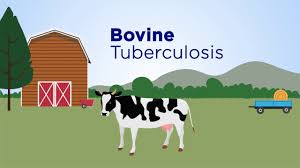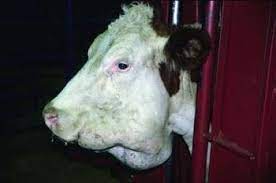Tick Fever: Etiology, Treatment & Prevention
Tick fever is a disease of sheep characterized by the development of internal abscesses caused by Staphylococcus aureus. The disease is normally triggered by infestation with Ixodes ricinu. Etiology of Tick pyaemia: Pyaemia results from the infection of lambs or sheep with Staphylococcus aureus. It is not directly transmitted by ticks, but S. aureus, usually … Read more







